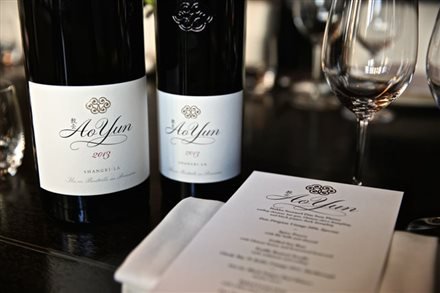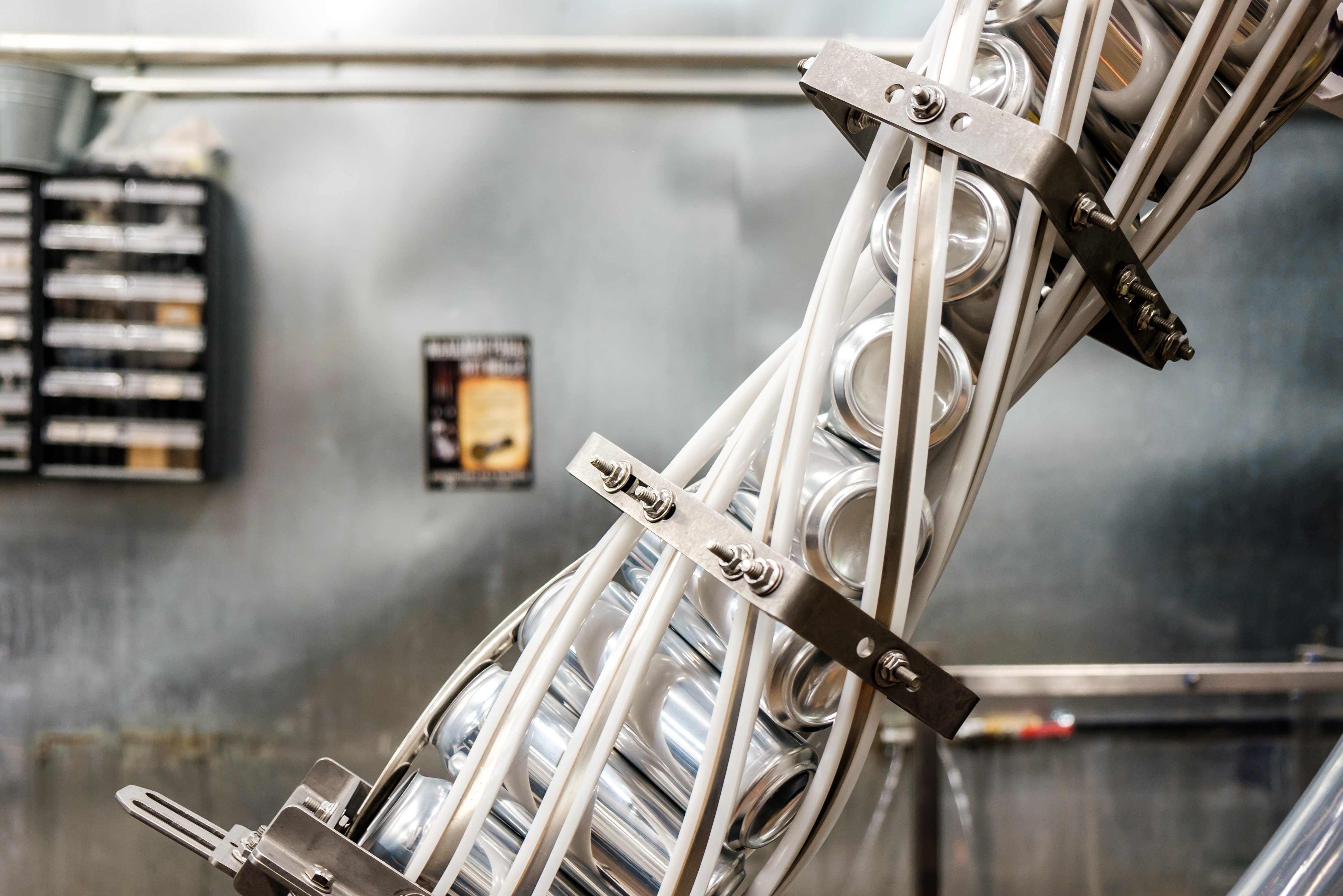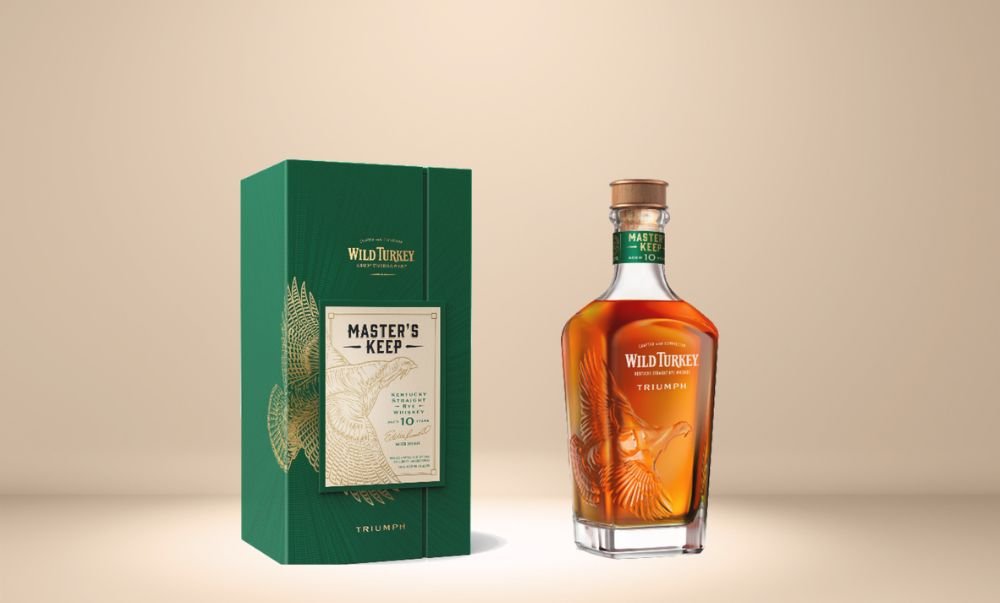While most news about China and wine revolves around how much is being exported there, wine production within the country is thriving too.
Moet-Hennessy is poised to export a red wine it has produced at a vineyard perched high on the Himalayan Plateau in southern China - Ao Yun 2013 - at $US300 a bottle.
Moet-Hennessy tasked Aussie enologist Tony Jordan - who established Chandon in Australia - in 2009 with undertaking a two-year search throughout China to find the best terroir to produce red wine.
Jordan chose the Yunnan province, adjoining Tibet - the most southerly vineyards in the northern hemisphere - because the climate is dry and cool. Just to make the wine sound that little bit more magical, the nearest city to the vines is Shangri-La.
Because of shadows from the Himalayan mountains, the vines only receive sunlight only from 11am to 3pm. The growing cycle is 160 days from flowering to harvest, longer than the 120 in Bordeaux. “Think of it like slow cooking,” Jean-Guillaume Prats, president of Moët Hennessy Estates & Wines division, explained to Bloomberg. “Sunlight over a longer period of time creates intensity and tannins that are very, very silky.”
The area experiences temperature variations of up to 30C between day and night, which enables cabernet sauvignon to reveal the best of this unique terroir. It also means the wine is very high in alcohol at 15%.
The wine is also produced organically: local farmers harvest the grapes by hand, their farms have no electricity, tenders use yaks instead of tractors.
The 2013 is the first bottled vintage of Ao Yun and the wine is believed to be 90% Cabernet Sauvignon with a dash of Cabernet Franc, however Moet-Hennessy can't be sure because some 300 hectares of vines were planted by the Chinese government in 2000-02 before the company moved into the area.
Forbes wine writer Nick Passmore believes the wine is worth the price tag. He raves: "Ah, what a nose! It’s the most Bordeaux-like non-Bordeaux I’ve ever encountered.
"An intriguing combination of velvety earthiness comes wafting delectably, gloriously out of the glass, brimming with pretty notes of violets along with intimations of cedar, dry tobacco and sandalwood, all suggestive of what it will deliver in the mouth in 10? 20? years. Perhaps.
"It can take any amount of oxygen you can throw at it and remain unchanged. A half-drunk bottle tasted exactly the same 48 hours after opening as it had the first minute. I’ve never encountered such immutability in a table wine before."
Only 24,000 bottles of the wine have been produced, with one third of them to be sold in China and the rest exported.Share the content










